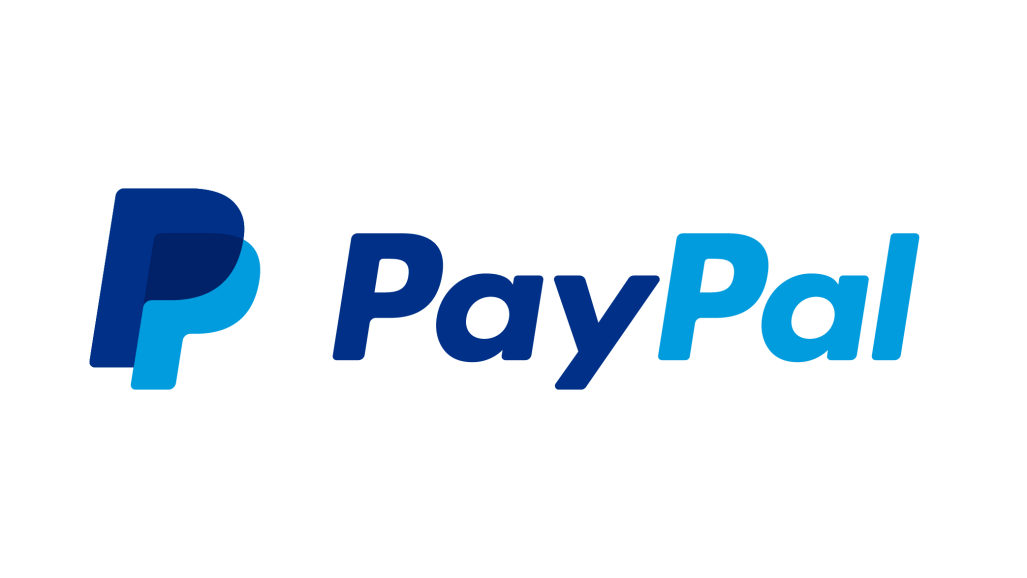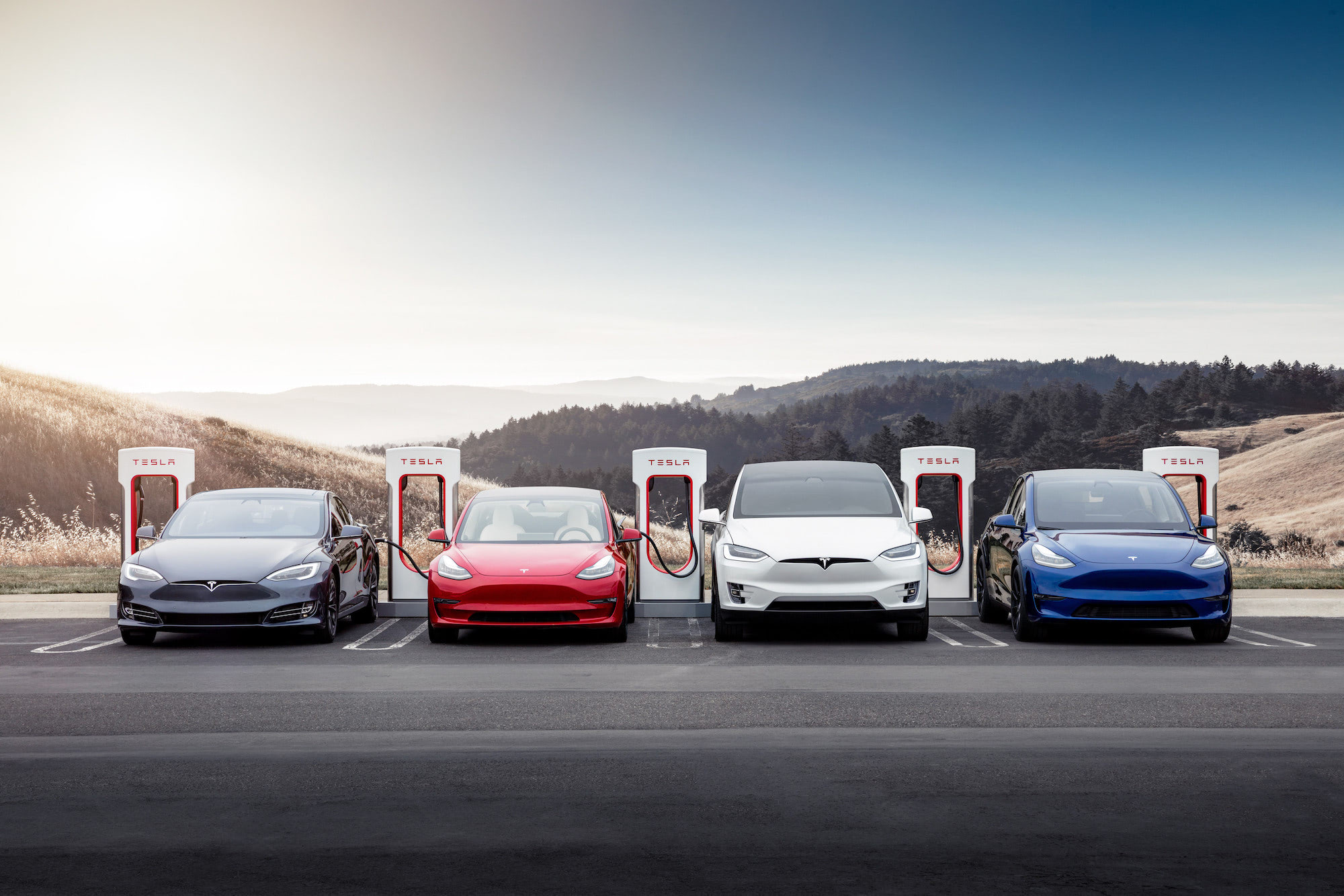Workplace design in a post-Covid world
Perhaps ‘post-Covid’ isn’t quite the right term. We could be living with the virus for a long to come. Perhaps ‘post-lockdown’ or ‘post-work-from-home’ is would be more accurate. Whatever the semantics, workplace design is already the subject of much debate now we’ve all come to terms with the fact that proximity to others is not good for our health.
Is plexiglass the answer?
One of the most visible responses to the COVID-19 pandemic has been the prevalence of plexiglass. It’s been everywhere; protecting the cashier at your local shop and dividing workplace colleagues in offices and workplaces where people can’t work from home.
It’s been a crude but necessary intervention, but it’s unlikely to become a feature of the post-Covid workplace.
Why?
Firstly, there’s no proof that it actually works. As this article in Architect Magazine argues, influenza has managed to wreak havoc in workplaces for years, even those with private offices. Secondly, if workers are to be physically separated for the sake of their health, there are better ways to do it than with plexiglass baffles. Let’s assume plexiglass does prevent the virus from hopping from one desk to the desk for a second, that’s the only benefit.
If organisations are going to do away with the benefits of the open plan office, they may as well pivot back to cubicles and private offices.
Open plan is (probably) here to stay
Open plan working has its detractors, but in the context of public health, they are actually quite good. By definition, they provide more usable space per square meter due to the absence of walls. This is good. People can sit farther apart.
There’s also the advantage of a more health-focused footprint. People are less likely to congregate or become congested at points of entry and exit. And of course, fewer doors means fewer door handles.
With a few tweaks (not plexiglass though), open plan is still viable.
Tweaks?
Yes, think antimicrobial surfaces in common areas, fewer touch points facilitated by current tech such as automatic doors, sensor-operated faucets and the like.
The one-way system may be here to stay. Of all the hastily cobbled together interventions we’ve seen, this one makes a lot of sense. One-way systems do two things; they reduce congestion of foot traffic and – crucially – they ensure people are not face-to-face, which is crucial.
While most existing one-way systems are ad-hoc, workplace designers should be able to meet the dual challenge of promoting public health and improving other efficiencies with well designed, intuitive one-way systems.
What about my tiny, old office?
While the above make sense for workplaces with a significant footprint and elements of modularity, quite a lot of people work in fairly grim workplaces to begin with.
Small offices with little in the way of versatility pose a number of challenges. One approach will be to focus more on flexible working patterns rather than the workspace itself; limit the number of people who come in at a given time and build routines around that.
Another approach worth mentioning is to equip your personnel, rather than workplace. Personal protective equipment will become a feature far beyond Covid. Expect masks and hand sanitizer to become commonplace.
Tools to help
There are neat inventions currently being touted as solutions to Covid anxiety, but one really stands out as a genuinely useful solution.
Safekey, designed and manufactured by cloud manufacturing startup Fractory using their own laser cutting platform, has been widely celebrated as a novel solution to a number of workplace challenges. Used correctly, Safekey removes the need to touch elevator buttons, door handles, ATM machines, shared refrigerators (and to some extent bottles and other containers).
The tool is fabricated from antimicrobial alloy, so Covid contamination is likely to die before it can make someone sick.
Thank you for reading Workplace design in a post-Covid world





